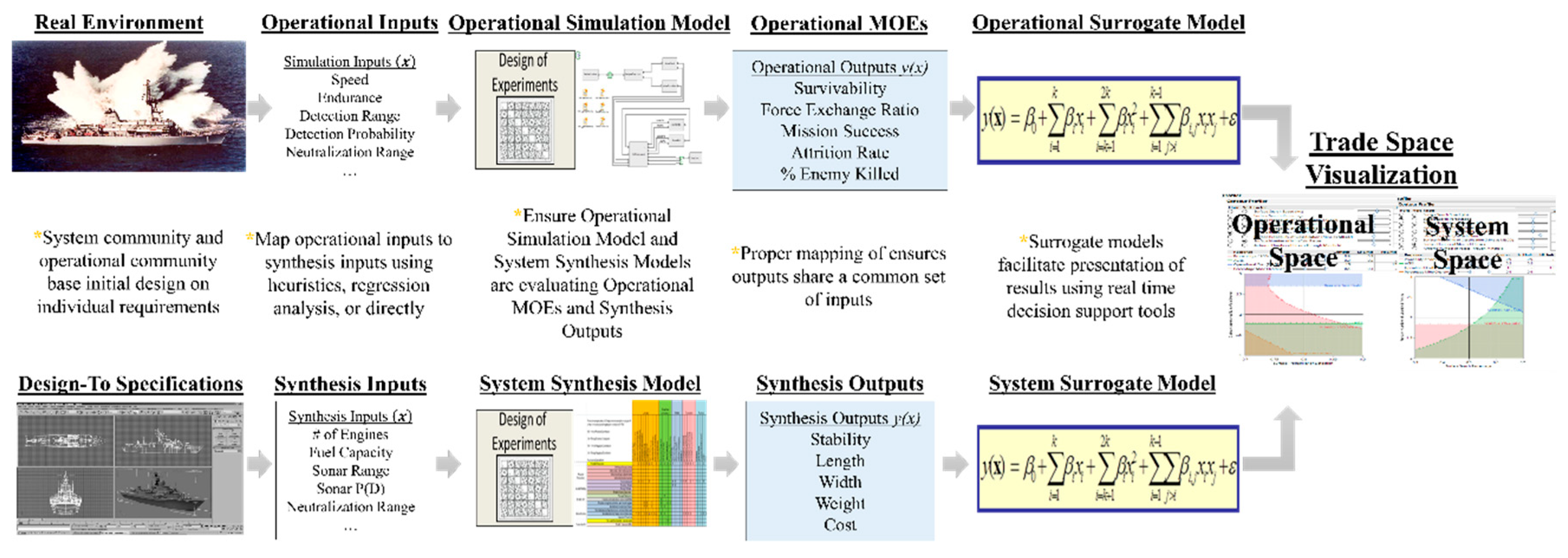The value of MBSE may not be in saving time or money, but in the probability that the end product will actually meet the needs of the end user and ensuring verifiable, testable, and non-conflicting requirements are traced through the development process.
Value and benefits of model‐based systems engineering (MBSE): Evidence from the literature
REVIEW PAPER
First published: 31 December 2020
Abstract
Traditional document‐based practices in systems engineering are being transitioned to model‐based ones. Adoption of model‐based systems engineering (MBSE) continues to grow in industry and government, and MBSE continues to be a major research theme in the systems engineering community. In fact, MBSE remains a central element in the International Council on Systems Engineering (INCOSE)’s vision for 2025.
Examining systems engineering literature, this paper presents an assessment of the extent to which benefits and value of MBSE are supported by empirical evidence. A systematic review of research and practice papers in major systems engineering archival journals and conference proceedings was conducted. Evidence was categorized in four types, two of which inductively emerged from the results: measured, observed (without a formal measurement process), perceived (claimed without evidence), and backed by other references.
Results indicate that two thirds of claimed MBSE benefits are only supported by perceived evidence, while only two papers reported measured evidence. The aggregate assessment presented in this paper indicates that claims about the value and benefits of MBSE are mainly based on expectation. We argue that evidence supporting the value and benefits of MBSE remains inconclusive.
The full text of this article hosted at iucr.org is unavailable due to technical difficulties.
Industrial Adoption of Model-Based Systems Engineering: Challenges and Strategies
Abstract
As design teams are becoming more globally integrated, one of the biggest challenges is to efficiently communicate across the team. The increasing complexity and multi-disciplinary nature of the products are also making it difficult to keep track of all the information generated during the design process by these global team members. System engineers have identified Model-based Systems Engineering (MBSE) as a possible solution where the emphasis is placed on the application of visual modeling methods and best practices to systems engineering (SE) activities right from the beginning of the conceptual design phases through to the end of the product lifecycle.
Despite several advantages, there are multiple challenges restricting the adoption of MBSE by industry. We mainly consider the following two challenges:
a) Industry perceives MBSE just as a diagramming tool and does not see too much value in MBSE;
b) Industrial adopters are skeptical if the products developed using MBSE approach will be accepted by the regulatory bodies.
To provide counter evidence to the former challenge, we developed a generic framework for translation from an MBSE tool (Systems Modeling Language, SysML) to an analysis tool (Agent-Based Modeling, ABM). The translation is demonstrated using a simplified air traffic management problem and provides an example of a potential quite significant value: the ability to use MBSE representations directly in an analysis setting.
For the latter challenge, we are developing a reference model that uses SysML to represent a generic infusion pump and SE process for planning, developing, and obtaining regulatory approval of a medical device. This reference model demonstrates how regulatory requirements can be captured effectively through model-based representations. We will present another case study at the end where we will apply the knowledge gained from both case studies to a UAV design problem.
Degree
M.S.A.A.
Advisors
DeLaurentis, Purdue University.
Subject Area
Aerospace engineering|Industrial engineering|Systems science
COinS
Application of Model-Based Systems Engineering Concepts to Support Mission Engineering





No comments:
Post a Comment